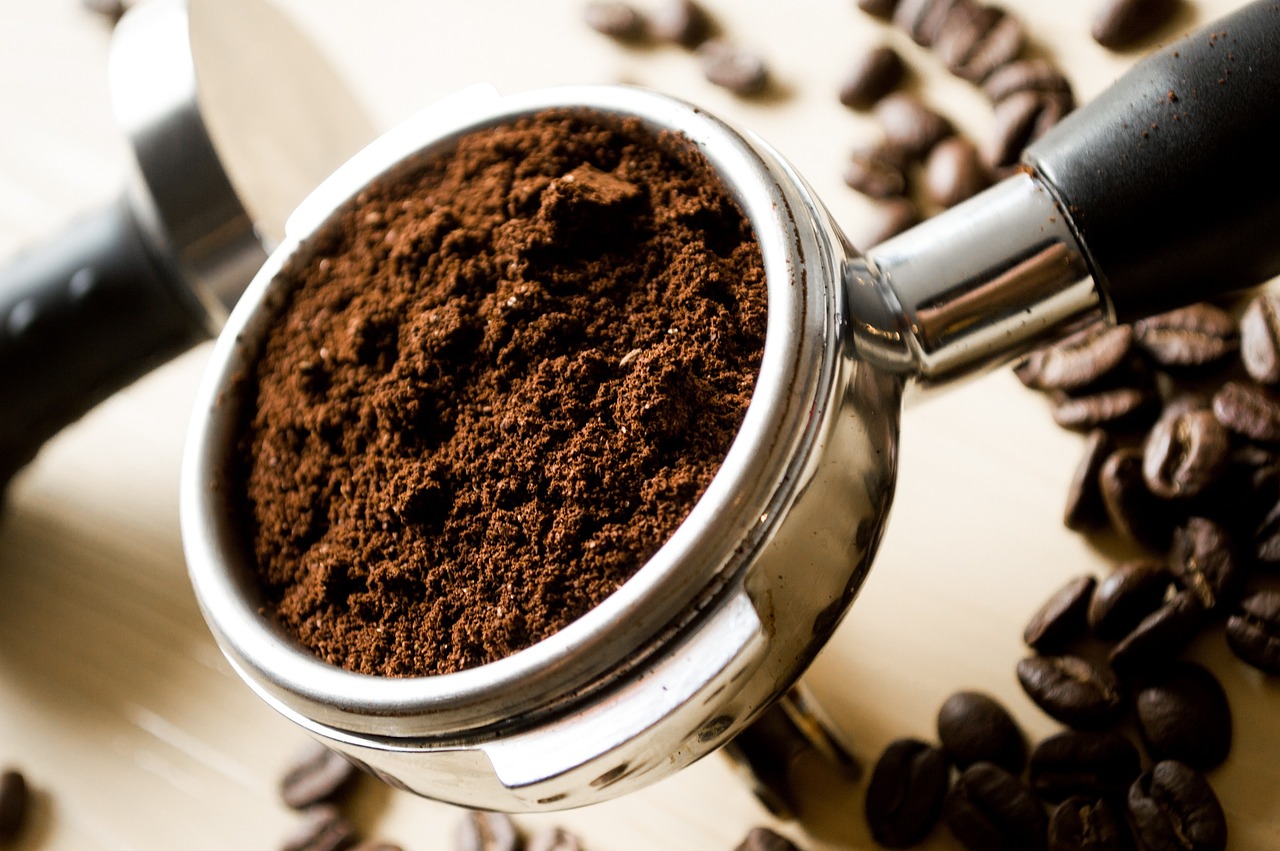
In a July 16 Barchart article on the price action in soft commodities, I wrote:
The Arabica coffee futures were only marginally higher in Q1. They wound up 21.59% higher over the first six months of this year. The futures settled at $2.2895 per pound at the end of Q2.
Arabica coffee futures have moved higher in Q3 but remain below the critical technical resistance level at the $2.6045 per pound level. The price action in Arabica coffee futures suggests a high potential for an explosive move.
A bullish trend since the 2019 low
The continuous Arabica ICE coffee futures contract reached an 87.6 cents per pound bottom in May 2019.

The monthly chart highlights the 197.3% rally from the May 2019 low to the February 2022 $2.6045 per pound high, the highest price since September 2011. After correcting 45.5% to $1.4205 in January 2023, the Arabica coffee futures have rallied back to the most recent $2.5945 peak in August 2024. At around the $2.40 level on September 6, coffee futures remain in a bullish trend with critical technical resistance at the $2.6045 level.
Arabica coffee futures have eclipsed the $3 level three times since the 1970s
A rally above the $2.6045 technical resistance could put the Arabica coffee futures on a path to challenge the $3 per pound level.

The long-term chart dating back to the early 1970s illustrates coffee futures eclipsed the $3 level three times in 1977, 1997, and 2011. The all-time high was in 1977 at $3.3750 per pound.
Cocoa, another soft commodity, had a pre-2024 record peak at $5,104 per ton in 1977. When cocoa broke above that 1977 peak in 2024, the price more than doubled from that level to over the $11,700 per ton level. If the price action in cocoa is a guide, Arabica coffee could be on a path to a new all-time high. Meanwhile, the price of another coffee bean has already exploded to record territory.
Arabica versus Robusta- The difference between the beans
Arabica coffee beans are usually larger, flatter, and oilier than Robusta coffee beans, which are smaller, rounder, and have a straighter center cut. The critical difference is the caffeine content, as Robusta beans have a higher content of 2.2-2.7%, while Arabica beans’ content is 1.2-1.5%.
Arabica coffee has a sweet, fruity, or nutty taste with higher acidity. Robusta coffee beans have a more earthy flavor and a more bitter and harsh taste because they have fewer oils.
Arabica beans require unique growing conditions, while Robusta beans are more robust and can grow in lower altitudes, higher humidity, and areas that would attract pest and crop diseases for the Arabica beans. Robusta plants are around twice the size of Arabica plants, and the Robusta plants produce beans faster.
Arabica coffee is popular in the United States and worldwide, while Robusta beans produce espresso and Turkish coffees.
Brazil is by far the leading Arabica coffee producer, while over 90% of global Robusta coffee output comes from Vietnam, Brazil, Indonesia, Uganda, and India.
The price action in Robusta futures suggests new record highs could be on the horizon
When Arabica coffee futures rose to the May 2011 high above the $3 per pound level, Robusta futures on the EU’s ICE contract reached $2,672 per ton in March 2011.

The chart shows the Robusta price has nearly doubled to $5,180 per ton in August 2024. The price action in the Robusta coffee contract supports higher prices for Arabica beans.
Futures are the only route for exposure
The only route for investing or trading Arabica or Robusta coffee beans is through the Arabica futures and future options on the U.S. Intercontinental Exchange and the European Robusta futures and futures options on Europe’s Intercontinental Exchange. No ETF or ETN products replicate the price action in the futures market since the NIB ETF ceased trading in June 2023.
Arabica coffee futures have recovered to near the February 2022 high. A move above the $2.6045 technical resistance could propel coffee futures to challenge the $3 per pound level for the fourth time. Meanwhile, the price action in the Robusta market indicates it may only be a matter of time before Arabica coffee prices rise to higher highs. Moreover, the action in cocoa shows what is possible if supply issues develop over the coming weeks and months. Cocoa’s explosive and parabolic rally could be a guide for the extent of a potential rally in the Arabica coffee futures market.
On the date of publication, Andrew Hecht did not have (either directly or indirectly) positions in any of the securities mentioned in this article. All information and data in this article is solely for informational purposes. For more information please view the Barchart Disclosure Policy here.






